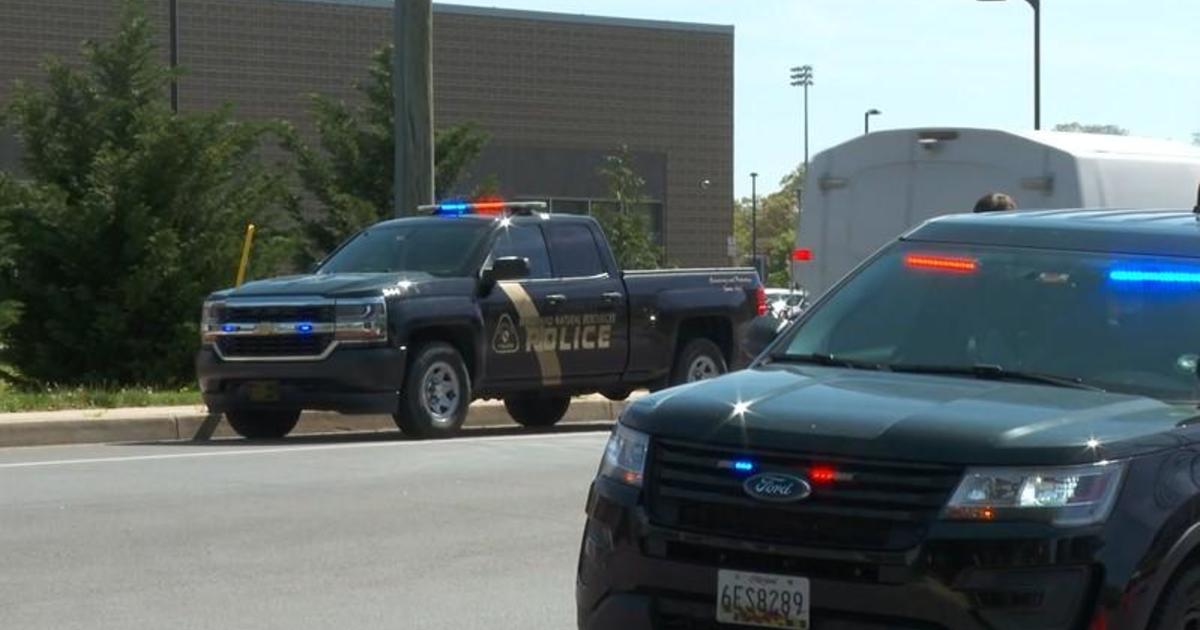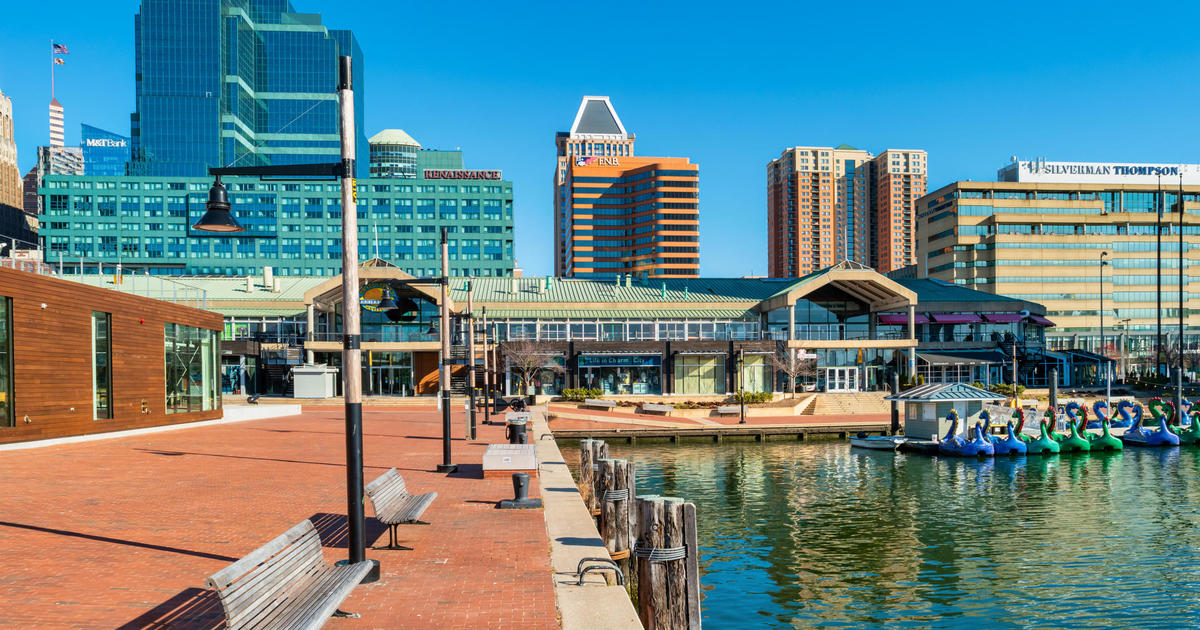Former Baltimore Gang Member's 'No Shoot Zones' Aim To Curb Gun Violence
BALTIMORE (WJZ) -- Tyree Moorehead's obsession the last few years has involved spray paint.
"They said, 'This dude is serious about these 'No Shoot Zones,' man. Yes, very serious!" Moorehead said.
There are nearly 200 No Shoot Zones across the Baltimore area, most of them sprayed by Moorehead. WJZ visited all of them.
Some are incredibly detailed, like Zone 3; others are subtle and understated, like the generic zone near the corner of North Patterson Park Avenue and Preston Street.
They are in alleys (Zone 71), on walls by Mondawmin Mall (Zone 133) and on businesses (Zones 182 and 183).
"See, I go straight to the shooters. That's who my rapport is with. My rapport is with the shooters," Moorehead said. "I can look them in the eyes and say, 'Homie, I was shooting, too.' But, what I didn't have was a me back then."
Moorehead is a former gang member. He estimates he shot about 20 people when he was a teenager, between 13 and 15 years old.
At 15, he says he had a shootout with police. He served 11 years after admitting to attempted murder.
Now, the guerrilla marketing campaign of No Shoot Zones is his mission.
"So the idea is to say No Shoot Zone and the shooters listen," Moorehead said. "Gang member against gang member? Drug dealer against drug dealer? There's not much I can do. That's why there's a lot of shootings I don't put zones up for."
RELATED COVERAGE:
- 'Not A Number' | Memorials Mark More Than Just Baltimore Homicide Victims; It Puts Their Loved Ones Anguish On Display
- 2 Fatal Shootings Bring Baltimore's Homicide Count To 309; Tying 2018's Total
Moorehead says he has ground rules. A No Shoot Zone goes up if the victim is a child, a woman, or multiple people.
Sometimes, survivors come to Moorehead directly. Tamica Howard's son Diamonte was killed in O'Donnell Heights on April 21, 2018.
"He was a typical teenager. He was just in the wrong place at the wrong time and got killed," Tamica Howard said.
Moorehead sprayed "No Shoot Zone 90" by the basketball courts in honor of Howard. Tamica says the zones make a difference.
"I really haven't heard anything that happened in(side) where he tagged at," Howard said. "Outside the tag, yeah, but inside the tag? No."
Others have mixed opinions on the success of the zones, which are so small there's really no way of checking their effectiveness.
Throughout the years, there have been several shootings inside the zones, but Moorehead says the shootings are far less now.
"If they worked, there wouldn't be so many killings still happening," Douglass Washington, who lives near Zone 39, said.
Moorehead is so serious about the zones, he urged for people to "continue pushing them zones" when he was live-streaming after he was stabbed in 2017.
WATCH: Baltimore Rapper, Believing He'd Die, Goes Live On Facebook After Stabbing
He admits he can not stop the shootings, but he tries to prevent them from happening in the same spots.
"The same antics won't work. The same mouse traps won't work. The same policing won't work," Moorehead said. "I really think this looks better on the wall than blood splatter."
He says he has been stopped by officers from tagging in the past. Some of his zones have been painted over after he tagged.
"I applaud them, and I welcome more people to join us in carrying the message of 'Put down the guns and stop the violence,'" Baltimore Police Commissioner Michael Harrison said of No Shoot Zones in July. "We need more of that and we need it in more places."
The No Shoot Zones have expanded from the original location at West Lafayette Avenue and North Monroe Street to 199 locations in six cities.




